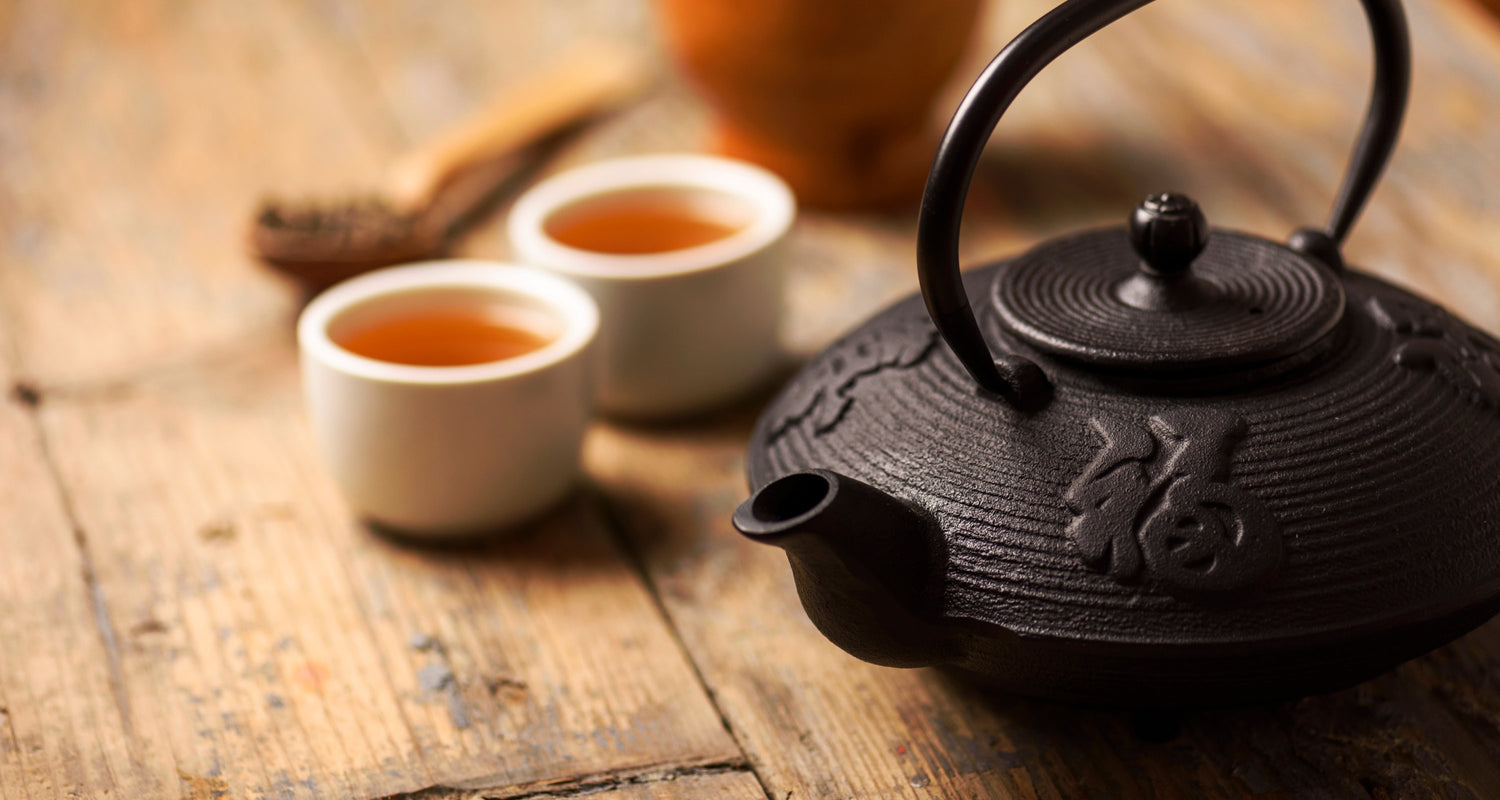Book your Ooty Tour Package with Trusted Local Travel Agents
We at OotyMade.com fulfill all your travel needs in Ooty, including tour packages, taxis and cabs, accommodation, trekking and safari bookings, and more.
Authentic Nilgiris based Products
-

Shop the Finest Ooty Chocolates: Factory Fresh & Homemade Goodness
Indulge in the best of Ooty chocolates with our selection of factory-fresh...
-

Shop Ooty Varkey Online| Authentic Varkey Biscuits| Factory Fresh
Authentic Ooty Varkey Biscuits Experience the traditional taste of Ooty with our...
-

Ooty Tea Factory Online Shopping | Authentic Ooty Tea powder | Best price
Discover the Best Ooty Tea Explore a variety of tea products from...
Ooty Culture and Tradition
Ooty Culture and Tradition
Ooty, or Ootacamund, is always frequented by a horde of tourists from different cultures and religious backgrounds that adds to the diversity of this picture-perfect, quaint hill station situated in Tamil Nadu.
The cultural and traditional medley of Ooty is enriched by unique features that are defined by its own traditional heritage and historical expressions.
Ooty is essentially recognised as one of the premier hill station resorts in India, enveloped with mystical blue-hazed mountains transforming the region into an exuberant paradise. This hill station is adorned with unsurpassed natural beauty in addition to the scenic splendour of the Ooty Lake that reflects the unmatched simplicity and serenity of the culture and tradition of the local inhabitants of Ooty.

Contact us:
Through WhatsApp @ 94896 14171
Through e-mail: support@ootymade.com
Website: www.ootymade.com
Ooty exhibits a composite culture and tradition mainly dominated by a South Indian population and is partly influenced by a strong Christian society. During the colonial days, several British families settled in this small charming oasis of verdant green expanse that consequently led to the expected amalgamation of a diverse ethnicity of Ooty. The presence of the indigenous inhabitants of Ooty, the Tribal community of Ooty and settlements from other parts of India also contributed to the blend of Ooty's cultural and traditional values and beliefs.
Looking back at the historic inhabitants of Ooty, the Toda tribes follow a distinctive culture and tradition seen in their everyday living. They are ethnically and linguistically related to the Kota tribes and their dress comprises of a single piece of long and rectangular piece of cloth with a distinctive pattern usually worn across the left shoulder like the Scottish Highlanders. The men wear their plaids over a dhoti and women over their skirts.
The Toda Tribe thrives on cattle-herding and dairy-work as their sole occupation and had once practiced the fraternal polyandry, a custom in which a woman marries all the brothers of a family, however, this practice is now prohibited by the Government and no longer exists. Apart from believing in a number of Gods, the Toda mainly worship their dairy buffaloes and religiously perform their annual sacrifice of a male buffalo calf ceremony or the 'Kona Shastra'. The Toda villages, also called as 'Munds', usually comprise of five huts, of which three are used for self-dwelling, one is used as a dairy room and the other to shelter the calves at night.
The Todas are purely vegetarians and do not consume any meat, fertilized eggs and fish, however, some villagers do eat fish. They mostly eat Rice with dairy products and curries and consume Buffalo milk and even use milk to convert it into butter, yogurt, butter milk and cheese to be sold to the retailers as a trade exchange for food.
Today, the dramatic composition of the Ooty Culture and Tradition have lured countless of devotees to Ooty that remains fairly busy throughout its social calendar months and celebrates many fairs and festivals with great pomp, glamour and merriment owing to the fact that some of these festivals also encompass a strong religious character that define the people of Ooty and their way of life.



